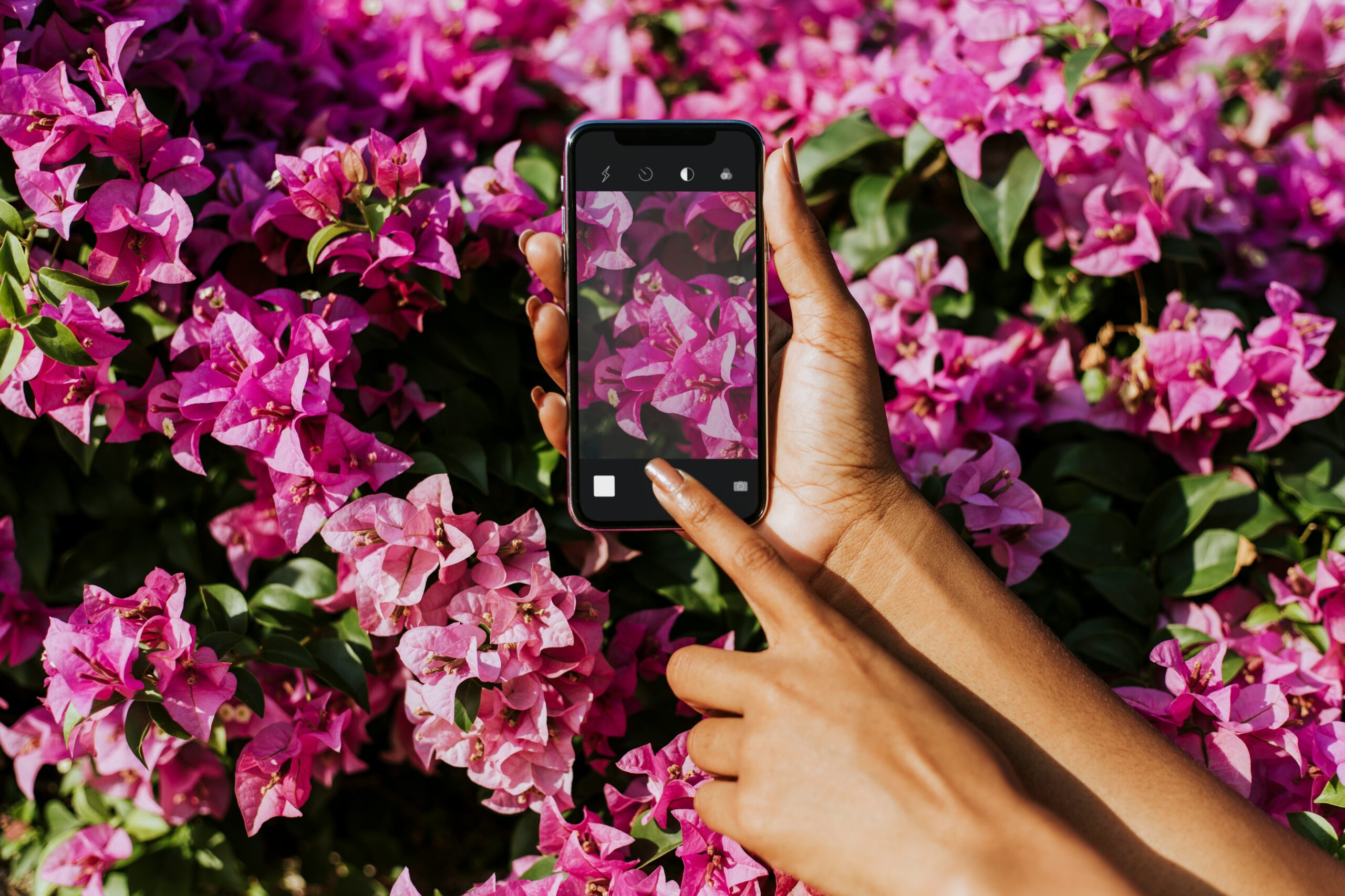
In today’s digital age, smartphones have become our go-to cameras. Whether you’re traveling, attending a special event, or simply snapping photos of your everyday life, your phone is always there, ready to capture the moment. While phone cameras have advanced significantly in terms of technology, taking a great photo still requires more than just tapping a screen. Mastering smartphone photography involves understanding light, composition, angles, and a few subtle tricks to elevate your images from ordinary to outstanding.
The Power of Light in Photography
Lighting is one of the most essential elements in photography, and it can make or break your shot. Natural light, especially during early mornings or late afternoons, offers a soft glow that’s ideal for most types of photography. This period, often referred to as the golden hour, provides warmth and even lighting that enhances colors and details. On the other hand, shooting in harsh midday sunlight can cast strong shadows and wash out your subject. When indoors, try to position your subject near a window to take advantage of natural light. Please avoid using your phone’s flash unless necessary, as it often creates unflattering lighting and harsh shadows.
Framing the Perfect Shot
Composition plays a huge role in how your photo is perceived. A well-composed image draws the viewer’s eye to the main subject and creates a visually balanced composition. One of the simplest ways to improve composition is by using the rule of thirds. This technique involves dividing the frame into nine equal parts with two horizontal and two vertical lines. Placing your subject along these lines or at their intersections makes the photo more dynamic and visually appealing. Most smartphone cameras offer a grid option, which can help guide you as you frame your shots. Also, be mindful of what’s in the background. A cluttered or distracting background can take attention away from your subject.
Focus and Exposure Control
Modern smartphones are equipped with intelligent auto-focus and exposure settings, but sometimes they don’t get it quite right. You can manually adjust focus and exposure on most phones by tapping the screen where you want the camera to focus. This also instructs the phone to set the exposure based on that area, which can dramatically improve the appearance of how light or dark your photo looks. Some phones even allow you to slide your finger up or down on the screen after tapping to adjust brightness further. This small step gives you much more control, ensuring that your subject is perfectly lit and in sharp focus.
Understanding Angles and Perspectives
Changing the angle from which you shoot can bring new life to your photos. Instead of always shooting at eye level, try getting lower to the ground or finding a higher vantage point. Shooting from a low angle can make objects or people appear larger and more dramatic, while a bird’s eye view can create a more artistic or abstract composition. Don’t be afraid to experiment with unusual angles or close-ups to highlight interesting details. This not only adds variety to your photo collection but also helps you discover your style.
Editing Without Overdoing It
Editing is an essential part of modern photography, enabling you to fine-tune your images for optimal effect. However, the key is to enhance your photos without going overboard. Begin with basic adjustments, such as brightness, contrast, and saturation. Then, move on to sharpening details or applying filters to achieve a specific mood. Many smartphones come with built-in editing tools that are surprisingly powerful. You can also use apps like Snapseed, Lightroom Mobile, or VSCO for more advanced editing. Always aim to keep your edits natural so the photo still reflects the moment as you experienced it.
Keep It Steady for Sharper Shots
Blurry photos are usually the result of shaky hands, especially in low-light settings. To combat this, hold your phone with both hands and steady your elbows against your body or a stable surface. If you’re serious about your mobile photography, consider using a small tripod designed for smartphones. Some models even come with remote shutter buttons or Bluetooth controls that allow you to take pictures without touching your phone, which helps avoid unwanted shakes.
Know Your Camera Settings
Each smartphone camera comes with unique features that can enhance your photography when used correctly. Explore your camera app’s settings to learn about options like portrait mode, night mode, or manual controls. Portrait mode is perfect for highlighting people by blurring the background and focusing on the subject. Night mode uses advanced algorithms to brighten low-light scenes while preserving detail. Understanding how and when to use these modes can help you maximize the potential of your device.
Practice Makes Perfect
Ultimately, the most effective way to enhance your smartphone photography is to practice regularly. Take photos of different subjects, experiment with settings, and analyze what works and what doesn’t. Over time, you’ll develop an eye for good lighting, interesting angles, and effective composition. The more you shoot, the more confident and skilled you’ll become.
Smartphone photography isn’t just about having the latest device. It’s about creativity, observation, and technique. By paying attention to light, composition, and camera settings and practicing consistently, you can transform everyday moments into stunning images that you’ll be proud to share and remember.